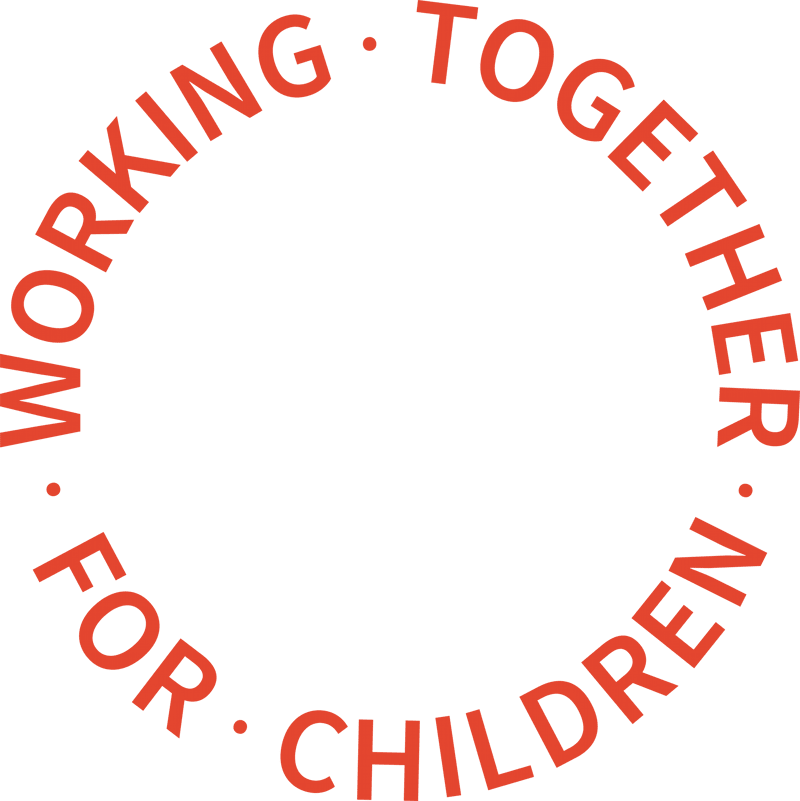WillisPalmer’s head of operations Harriet Jannetta on the importance of considering siblings within assessments
When I started to write this blog, I questioned myself about why I had chosen this as the topic. The simple answer is that whilst not everyone will undertake sibling assessments, the reality is that when undertaking any assessment each and every one of us must be mindful about the impact of our recommendations on the child/children involved.
The relationships that we have with our siblings are considered to be one of the longest lasting and most significant of all of our relationships. Our siblings help us to learn about social interactions, conflict management, play skills, negotiation skills, and consequently it could be argued that they are amongst the most important of all human relationships in aiding our social development and our ability to develop resilience and manage life.
If you accept the above then it follows that it is essential when making recommendations about the future placements of children that not only do you consider the individual needs of each child but also their needs as a sibling group. Furthermore, it is important to bear in mind that the significance of sibling relationships is personal and interpersonal rather than biological or legal and this understanding should therefore guide our thinking and practice in our work with siblings.
Statutory guidance regarding sibling placements is:
- The Children Act 1989 s23(7)(b) places a duty on local authorities to accommodate a child together with his/her siblings so far as is ‘reasonably practical and consistent with his welfare’.
- The Adoption and Children Act 2002 s1(4) requires the court to consider “the likely effect on the child (throughout his life) of having ceased to be a member of the original family and become an adopted person” and “the relationship which the child has with relatives (…) including the likelihood of any such relationship continuing and the value to the child of its doing so”. The Act also requires the court to consider contact arrangements, and it allows the child and any relative to apply for contact (s26).
- Article 8 of the Human Rights Act 1998 covers the right to private and family life and prohibits interference with this. Provided that family life is established, each member of the family including siblings has their own right to respect for family life. Exceptions can be made to protect ‘health and morals’ and the ‘rights and freedoms of others’ (e.g. child protection cases) but the actions of public authorities (including the courts and adoption agencies) must be reasonable.
- The local authority circular, Adoption – Achieving the Right Balance (LAC(98)20), states: In the exceptional case where siblings cannot be placed together with the same family, it is important for agencies to ensure that contact arrangements with other siblings are given very careful attention and plans for maintaining contact are robust.
- The Social Care Institute for Excellence – The statutory guidance within the UK is that siblings should be placed together, unless this would not be in the best interests of one or more of the sibling group, or there is a good reason not to (Department for Education, 2012a). If it is deemed necessary to separate siblings, guidance in the UK suggests that the reasons why should be clearly documented and reviewed, with judgments based on an assessment of the relationships and consideration of individual circumstances (DfE, 2012a; Social Care Institute for Excellence, 2004).Despite this guidance, data produced by the Department for Education (2015) evidenced that whilst 80% of children looked after have siblings, only 37% of them are placed with their brothers or sisters. The reasons for this are numerous, siblings are more likely to experience separation in foster care when they are older, further apart in age, come from larger sibling groups, enter foster care at different times, have special needs, or require placement other than kinship foster care. In general, joint sibling placements are as stable, or more stable, than placements of single children, or those separated from siblings. Resources, I would argue, will have had a significant impact on this figure. The fact is that thresholds have risen, budgets have been slashed and children are coming into care at a later stage. This means that they have lived in traumatic and chaotic situations for longer, and inevitably this has an impact on children’s behaviour and their ability to form attachments.
When undertaking any kind of assessment where you are considering care planning and permanency options for children it is essential that when reaching your recommendations, you have considered and reflect the interests of each child as well as the sibling group. This includes looking at contact where your recommendation involve separation of the sibling group.


